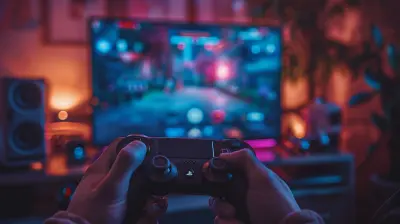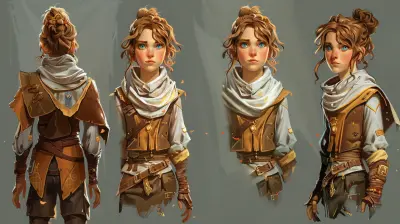How Character Customization Allows for Powerful Self-Expression in Gaming
7 July 2025
Let’s face it—gaming isn’t just about leveling up, scoring epic loot, or defeating the final boss anymore. Sure, those things are still awesome. But today’s gamers crave something deeper, something more personal. Enter: character customization.
This isn’t just about slapping your favorite armor on a digital avatar or giving your character wild hair colors (though we love that too). It’s about self-expression. It’s about identity. It’s about making a statement without ever saying a word.
So buckle up, because we’re diving deep into how character customization has become one of the most powerful tools for self-expression in the gaming world.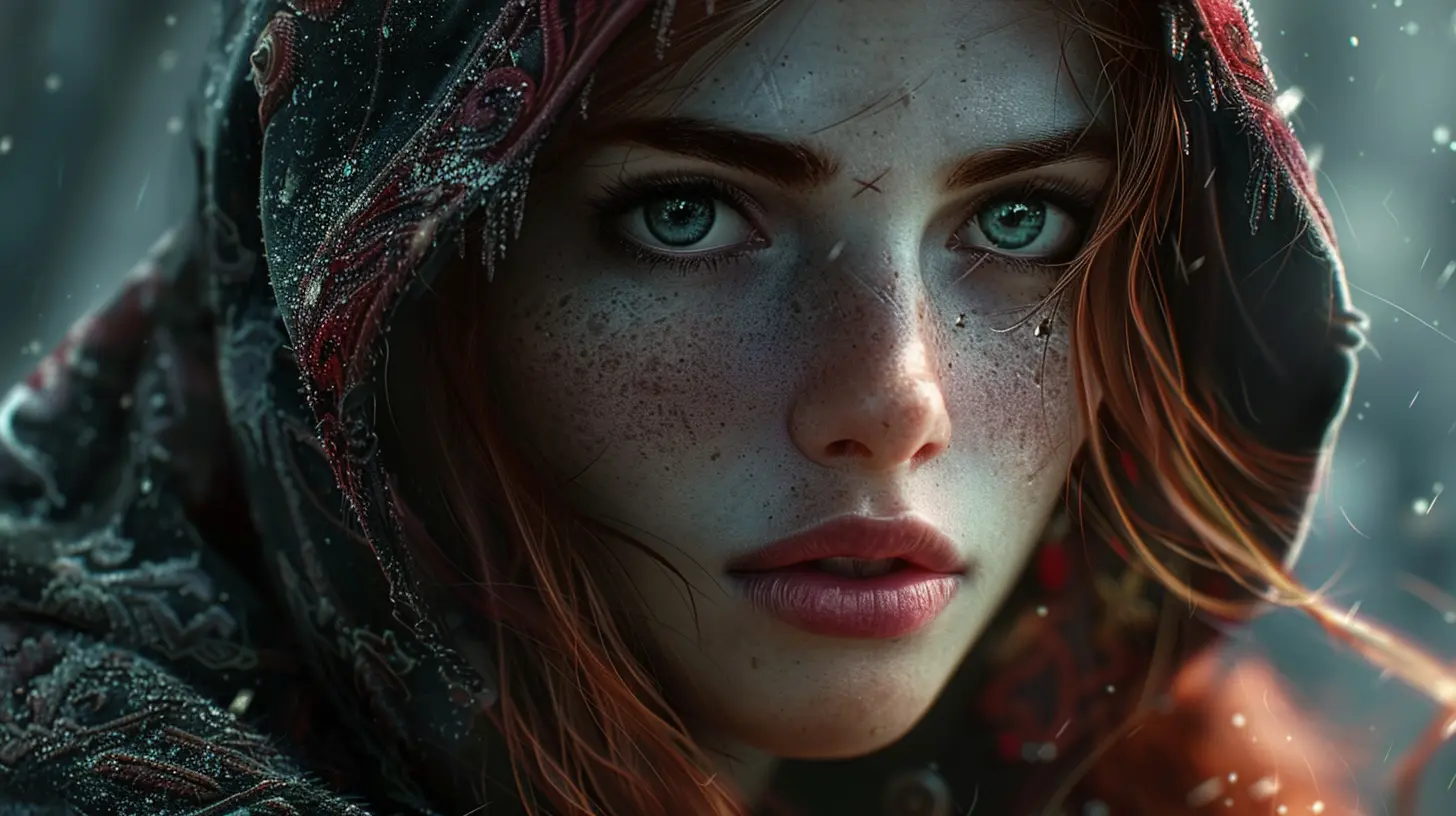
The Rise of Personalized Digital Identities
Remember the days of cookie-cutter characters with generic looks and no option to stand out? Yeah, those days are long gone—and good riddance.Games today are handing the power to the players. Whether you want to roleplay as a badass warrior princess, a gender-fluid mage, or a neon-haired punk rogue, the choice is yours. And that choice is everything.
Why? Because in a world that can feel restrictive, gaming gives us a space to be exactly who we want to be. Or who we WISH we could be.
Want to be loud, proud, and colorful? Done. Prefer subtle, sleek, and mysterious? You got it. Your character becomes your mirror, your shield, your masterpiece.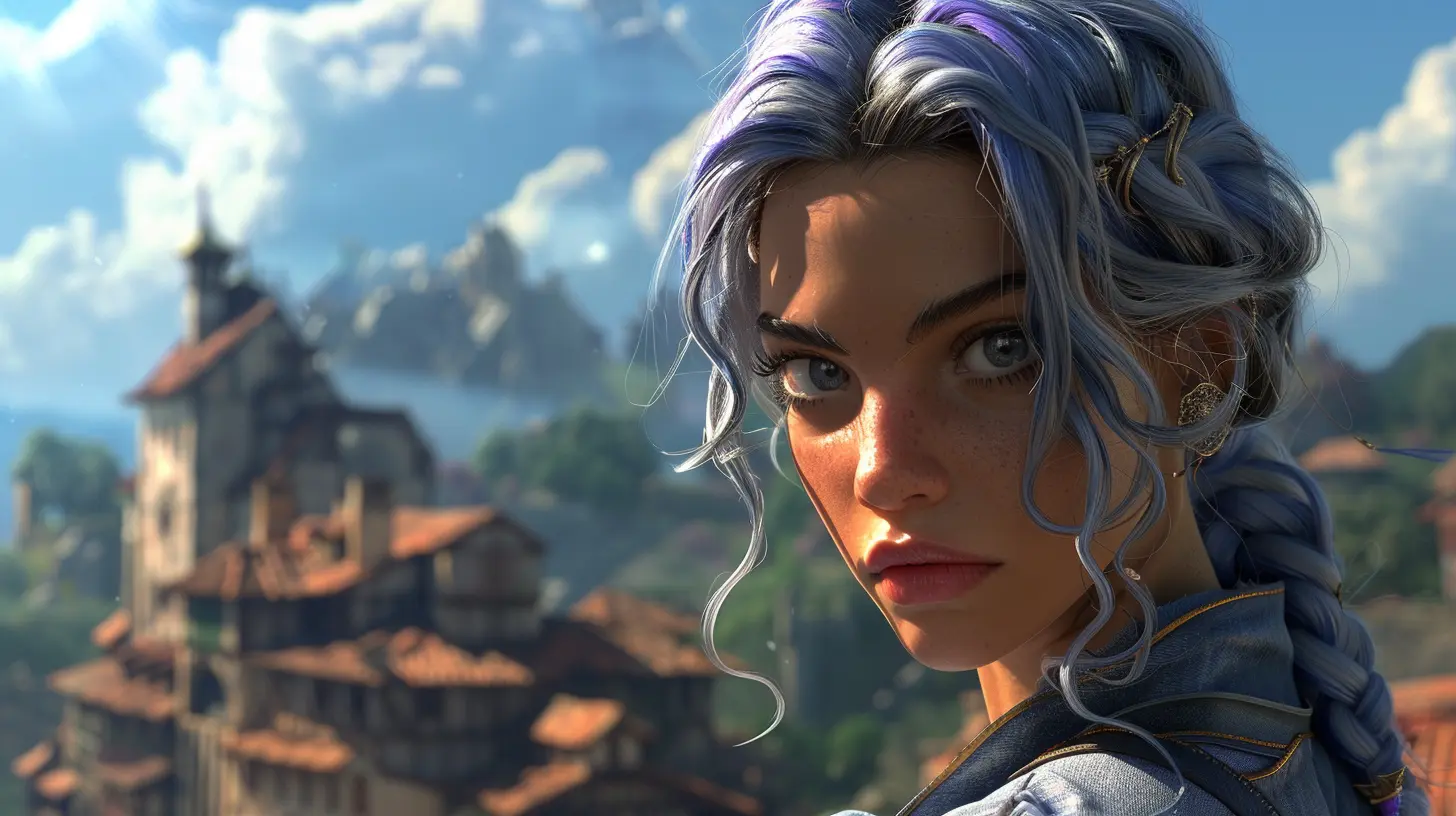
More Than Just Looks: What Customization Really Means
Let’s clear something up: character customization goes way beyond skin-deep.Sure, sliders for jawline, cheekbones, and eye color are great. But true customization includes voice tone, body type, background story options, even the way a character walks. It’s about building a persona from scratch—inside and out.
Take RPGs like Elden Ring or Cyberpunk 2077. You’re not just adjusting your character’s height—you’re defining how they interact with the world. Their backstory, beliefs, and skills all intersect with how you play and, ultimately, how you express yourself.
It’s roleplaying but with a serious upgrade.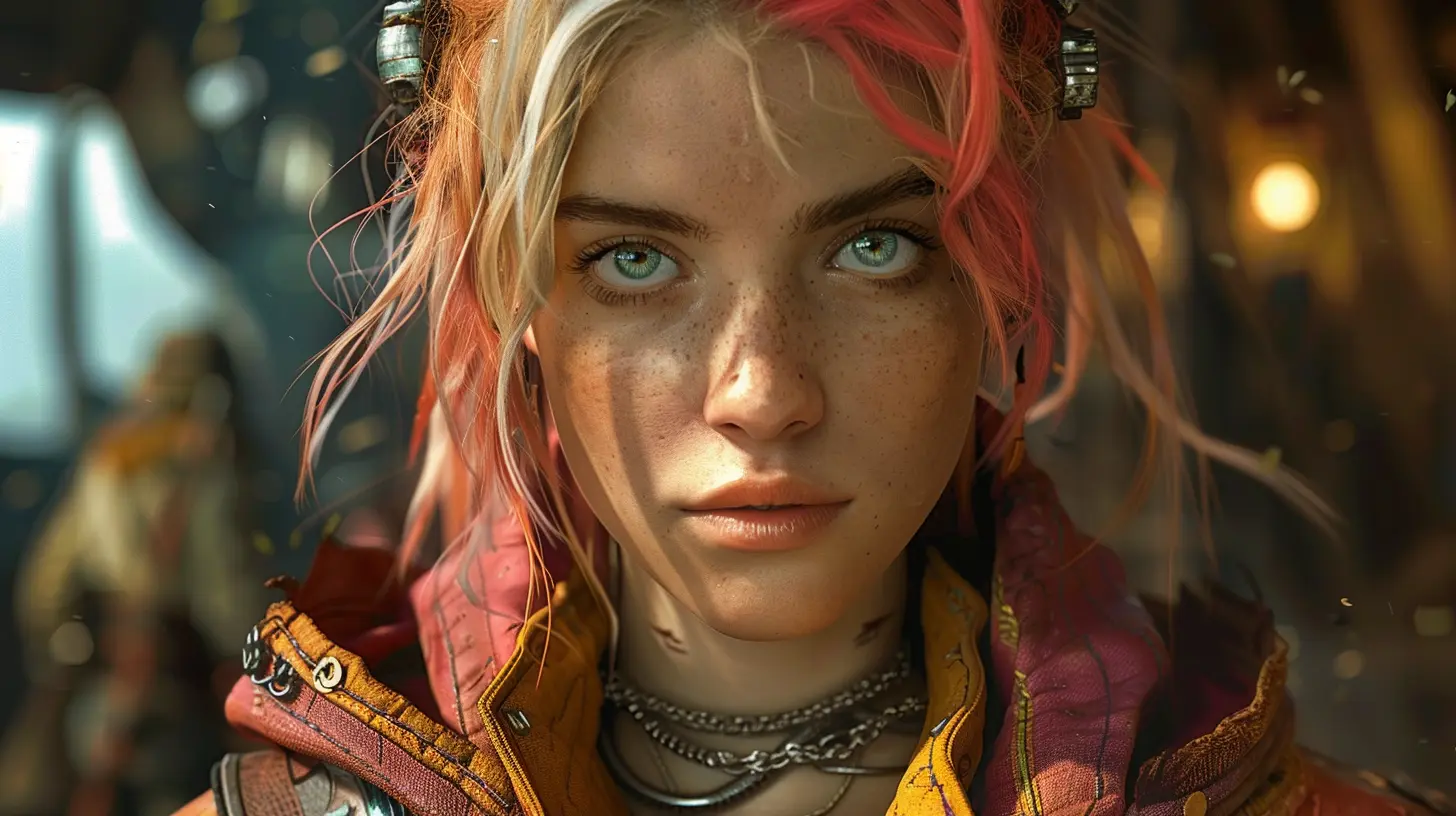
Gender, Identity & Representation: Gaming Gets Real
Let’s talk honesty for a second. For a long time, gaming had a serious representation problem. Female characters were hypersexualized. Non-binary or trans characters were hardly visible. People of color? Often reduced to stereotypes.But things are changing—and customization is leading the charge.
Games like The Sims 4, Baldur’s Gate 3, and Saints Row have kicked open the doors for inclusive character creation. We’re seeing the rise of gender sliders, customizable pronouns, and skin tone options that reflect real-world diversity.
That’s not just cool—it’s revolutionary.
For queer gamers, players of color, or anyone who’s ever felt “other,” character customization becomes a lifeline. It’s a way to finally see themselves represented in a space they love. It’s empowering as hell.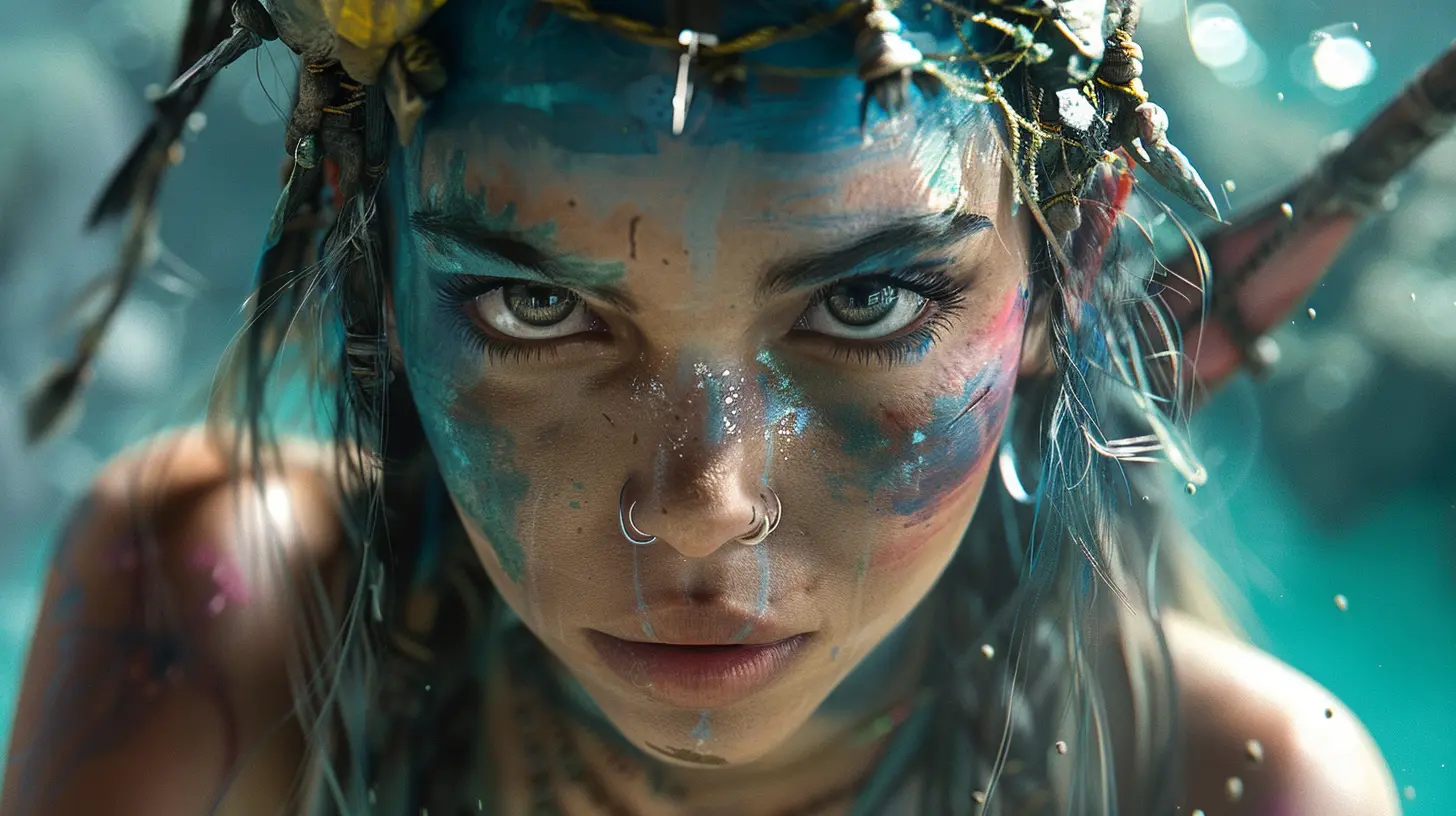
Gaming as a Form of Digital Cosplay
Ever show up to a game lobby in a suit of skull-covered armor and watch heads turn? That’s because fashion in games is the new flex.We're talking skins in Fortnite, Transmog in World of Warcraft, Fashion Souls in Dark Souls—hell, even Animal Crossing has a thriving outfit design community.
This isn’t just dressing up. This is digital cosplay, and it lets players show their creativity loud and proud.
It’s the same way people use clothes or makeup in real life. But in games, the sky's the limit. You want purple eyes, golden wings, and a cape made of fire? Build the look. You’re not bound by reality in the virtual world, and that freedom is intoxicating.
Customization Creates Emotional Investment
Let’s get a little personal.When you spend time crafting the perfect character—naming them, designing every detail—you get attached. Deeply. That’s not just your in-game avatar. That's your digital self.
You’ll care more about their journey, their progress, their storyline. Every victory feels personal. Every loss stings more. Because you didn’t just watch this character grow—you made them from scratch.
And that emotional bond is what keeps players coming back. Why else do gamers spend hours restarting a game until they get the “perfect” look? Because it matters. It means something.
The Social Side of Self-Expression
Think customization is just a solo thing? Think again.In the age of online games, your character is how you present yourself to the world. It’s your profile pic, your handshake, your vibe.
Jump into a game like Final Fantasy XIV or Genshin Impact, and you’ll see entire communities built around fashion, character style, and unique builds. People screenshot their outfits, share them online, even follow in-game influencers.
And it works both ways—you’re not just expressing yourself for your own soul, you’re making a statement to everyone else in the game. You're telling a story without saying a word.
Character Customization and Mental Health
Here’s something we don’t talk about enough: video games are a safe haven for a lot of people.And character customization plays a big part in that.
For someone struggling with identity, trauma, or anxiety, games offer a space to explore those feelings in a controlled, forgiving environment. Want to try out a different gender identity? Build that character. Curious how it feels to be more confident, bold, or even chaotic? Your avatar can show you how.
This kind of exploration can be therapy, disguised as fun.
Gaming lets you test the waters of self-discovery in ways real life sometimes doesn’t allow. And that’s beautiful.
The Future of Customization: Where We’re Headed
If we’ve come this far, just imagine what’s next.We’re already seeing games leverage AI and machine learning to tailor experiences even more directly to players. Imagine a character creator that learns your preferences and helps you explore new ideas of identity.
Or character systems that let you script your personality traits, morality, even vocal expressions through dynamic dialogue.
VR and AR will push it further, letting you not just build characters but embody them fully. Think Ready Player One vibes, but real—and probably way more stylish.
The future of gaming isn’t just interactive. It’s expressive, personalized, and deeply human.
Bottom Line: Customization Isn’t Just a Feature—It’s a Revolution
Let’s not sugarcoat it.Character customization is no longer some fluffy add-on or cosmetic extra. It’s the beating heart of modern gaming. It’s how players connect, express, and explore who they are—and who they want to be.
It's identity. It's art. It's rebellion. And it’s not going anywhere.
So next time you’re tweaking your character’s hairstyle for the fifth time in a row, don’t feel guilty. That’s not wasted time—it’s self-expression, and it’s powerful as hell.
Game on, identity warriors.
all images in this post were generated using AI tools
Category:
Character CustomizationAuthor:

Jack McKinstry
Discussion
rate this article
2 comments
Weston Rivera
Character customization in gaming enables players to project their identity and creativity, fostering a deeper emotional connection to the game and enhancing overall engagement and enjoyment.
November 13, 2025 at 4:53 AM

Jack McKinstry
Absolutely! Character customization not only allows players to express their individuality but also strengthens their emotional ties to the game, making the experience more immersive and enjoyable.
Damian Estes
Character customization truly enhances gaming by allowing players to embody their identities, fostering deeper connections to the stories we explore.
July 16, 2025 at 3:06 AM

Jack McKinstry
Absolutely! Character customization empowers players to express themselves uniquely, deepening their engagement with the game's narrative and world.

